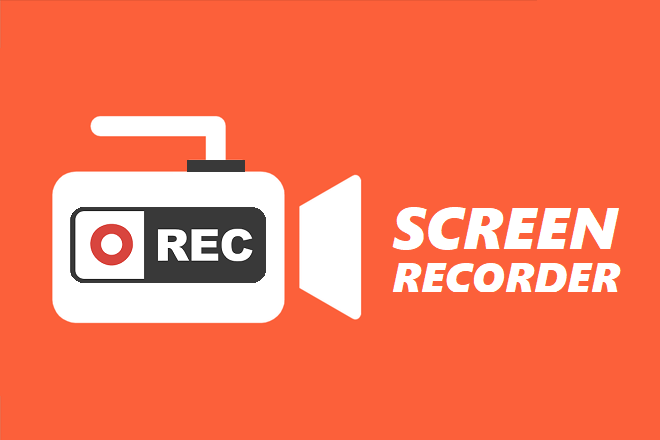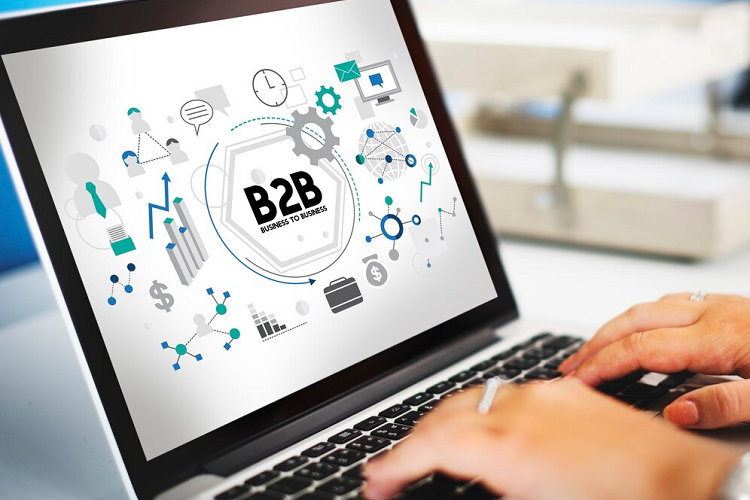In USA, 40 acres of farm and ranch land are lost every hour. It is important to take care of your farm’s financial stability to ensure sustenance.
‘But why?’
Farming and ranching costs include costs of land, fencing, corral, feed, mineral, water, electricity, taxes and insurance.
And to ensure you have complete sense of what’s going on in your farm, you better have a farm accounting software handy.
Here are a few options you can chew on before you circle in on one:
Intuit Quickbooks
QuickBooks has been around since the days of DOS. Fortunately, Intuit has kept the latest version up-to-date. It is a user-friendly cloud-based suite that covers almost all your accounting needs.
Let us chart out the features against the essential benefits when you’re farming and/or ranching:
Invoicing
Make better invoices format so you can file taxes without hassle and without burning a hole anywhere, let alone your pocket.
Expense and time tracking
The cost of maintenance of a cow might be anywhere between $850-$950. Now, when you’re taking care of 3000 acres of land, you better have the right fencing lest your healthy cows be poached. You need a time sheet with expense tracking for all of these animals. And guess who has it? Quickbooks!
Managing bills
Goes without saying you need to track your bills and keep tabs when the IRS comes snooping around.
These features are available to you with the Essentials plan begins at $20/month and comes with a lot of features, including:
The Essentials plan can be used by up to three different users. There are many apps available to add additional features like job scheduling, inventory management, and Shopify integration.
Freshbooks
Freshbooks is cloud-based accounting software created with small business owners in mind. This solution may be preferable for example.
The software comes with features such as:
- Invoicing
- Expense tracking
- Time tracking
- A host of business reports
- Option for credit card payments
Freshbooks has a straightforward, user-friendly interface designed for people who are not accountants, so you should be able to get started right away.
Even though it’s simple, Freshbooks has options that run deep. For instance, you can bill in any fiat currency, be more efficient with recurring invoices, and give customers the option to pay with a credit card just by checking a box. The system also integrates with MailChimp, PayPal, WordPress, Basecamp, Zendesk, and more.
You can use the system on desktop or mobile and you don’t need to worry about backups because it’s a cloud-based system. There are Lite, Pro, and Premium plans, all with various levels of features and pricing.
Users can try Freshbooks free for 30 days without having to sign up with a credit card.
Xero
Xero grabs your attention with an enticing $9/month Starter account. However, the software does have some limitations – users are restricted to being able to send a maximum of five invoices, reconciling only 20 bank transactions, and entering five bills. If you can live with these restrictions, Xero does have its upside.
This accounting software provides smart expense tracking and management and an excellent mobile app. It comes complete with dozens of reports and simple budgeting that can all be configured to your liking.
The Xero Standard plan offers you the ability to enter unlimited invoices and bills. The plan is a lot more expensive at $30/month, however. If you need support for multiple fiat currencies, you have to shell out even more cash for the Xero Premium plan, which costs $70/month.
There you have it – three of the best accounting software in the market today. Out of these three, Quickbooks is the most well-known and most widely-used. But other accounting software can be useful for certain situations. Use your best judgment depending on your individual circumstances when choosing which accounting software to use for your business.






